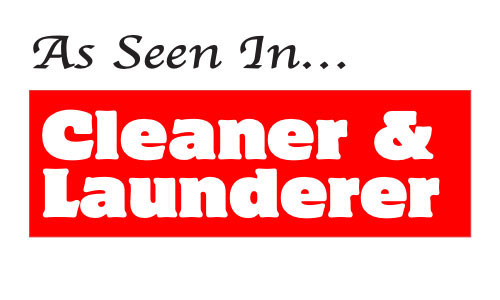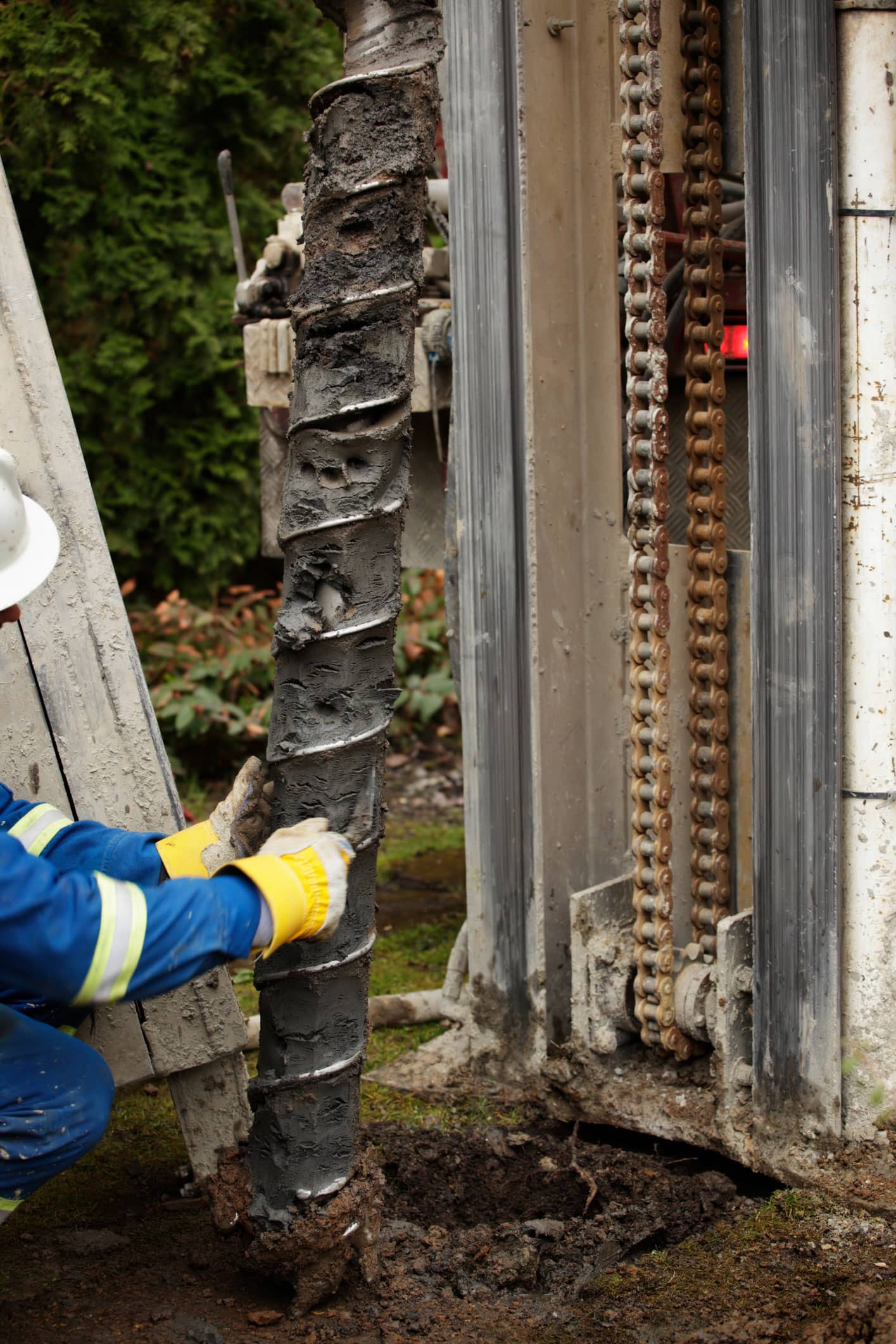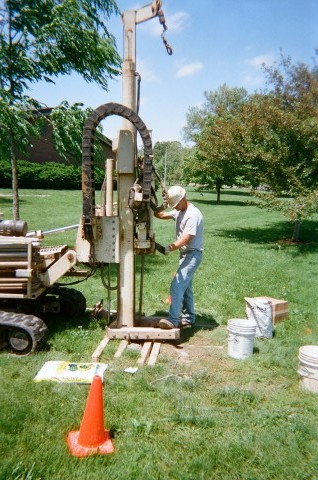Written by Stephen R. Henshaw, President and CEO of EnviroForensics
As Seen in the May 2014 issue of the Cleaner & Launderer
Cleaning up soil and groundwater contamination from a release of chlorinated solvents, such as tetrachloroethylene (PCE) and trichloroethylene (TCE) can be a time consuming and complicated process. That’s why it is so important for you to build the right team to represent you during this process. That team should understand what your business plans are and your schedule for implementing those plans. Dealing with environmental contamination is a crossroads of where you have been and where you are going with your business and your future. It can be an opportunity that forces you to make decisions that you may not have considered, like, “What do I want to do with the business? What about the property?” If you don’t develop the right team, you could spend a great deal of money addressing the cleanup without having a road map as to what to expect. If you do not have the right team you could have business interruptions from drilling activities, and face a parade of activities that seem never ending. With the right team, you don’t need to become an expert on environmental matters – that’s what you have them for. They’re the experts and they communicate with you so you know what’s going on without needing to take chemistry classes. You should be able to focus on your business, while your team focuses on how to move your project through the site closure process.
The most important thing to understand about this concept of building the right team, is that the team must represent the outcome that you desire, within your expectations, and the team that you rely on needs to be strong enough to give you the truth and their best professional opinions, even when the news is bad. The second most important point is that your team needs to have a good working relationship with one another. Your consultant and your attorney need to be on the same page as to the Site Closure strategy. Depending on the business owner’s future plans, site closure strategies might vary significantly. Your strategy might be to sell your business, but while the property is being remediated, you can’t. You may own the property and want to refinance it, but most banks are reluctant to loan on the property as long as it is impaired. You may have no immediate plans to change your business at all and you just want to control the outflow of cash while you focus on growing your business. These are all different business scenarios that I’ve seen and they all directly affect the site closure strategy. Continue reading “Remediation of PCE and TCE in Impacted Soil and Groundwater Requires Teamwork and Coordination”



